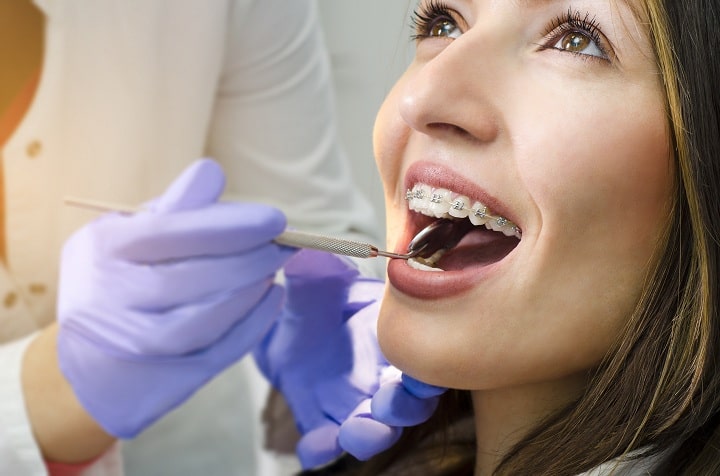Important Things to Know about Stem Cell Therapy

Stem cell therapy uses stem cells in a patient’s body to treat certain conditions where surgery would be the main option. This therapy is an office-based procedure and a good alternative to surgery. Advanced technology used in stem cell centers like RSCI has made it possible for this therapy to treat even serious illnesses.
What Exactly are Stem Cells?
During early life and growth, stem cells can develop various kinds of cells in the body. Stem cells serve as the internal repair system in many tissues, dividing without limit to replenish other cells. Once they divide, every new cell can remain a stem cell or become another kind of cell that has a more specialized function like red blood cells, heart muscle cells, or brain cells.
Stem cells are the human body’s cells that can transform into other kinds of specialized cells. While they are found in a lot of body parts, they are concentrated in the bone marrow. When stem cells are injected into a damaged joint, they can amplify the natural repair efforts of the body by decreasing inflammation, speeding up healing, as well as preventing scarring and loss of function.

Difference Between Adult Stem Cells and Embryonic Stem Cells
Adult stem cells are found in mature adult tissues that include fat and bone marrow. Meanwhile, embryonic stem cells aren’t found in the adult human body. Rather, they are obtained from donated in vitro fertilization. Since these cells are not autologous, rejections are possible. But, adult stem cells do not pose any risk for immune rejection.
How is Stem Cell Therapy Done?
Stem cell doctors will harvest the stem cells from the patient’s pelvic bone. Then, they will concentrate the cells over 10 fold in a special centrifuge. The doctor will inject the stem cell back into the injury or damage site. This office-based procedure can take thirty minutes. Because it uses local anesthesia, the patient will experience just minimal discomfort. Several clinical studies claim that when done properly, the results of the therapy can last a lot of years.

What is the Recovery Like?
The majority of patients won’t feel the improvement for at least three weeks. But, once they feel improvement, they will notice the continued improvement that expands more than six months. The patient may have some mild soreness in the joint for up to one week following the injection. The patient must avoid heavy exertion. They may be prescribed anti-inflammatory medications.












